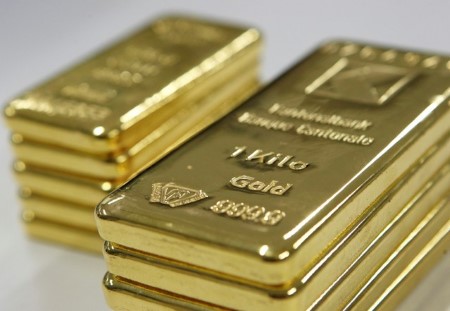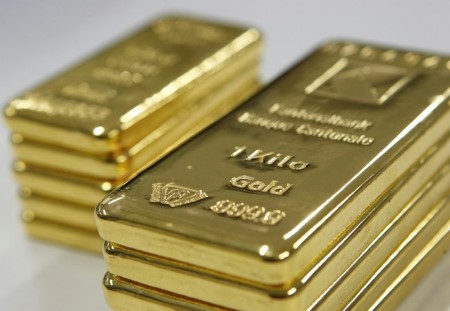HOUSTON – Oil prices settled lower on Friday but notched their fourth straight weekly gain, as the latest US sanctions on Russian energy trade added to worries about oil supply disruptions.
Brent crude futures dipped 50 cents, or 0.6%, at USD 80.79 per barrel, but gained 1.3% this week. US West Texas Intermediate crude futures lost 80 cents, or 1%, at USD 77.88 a barrel, having climbed 1.7% for the week.
“Sanctions on Russia are causing tightness of supply in Europe, India, and China,” said Phil Flynn, senior analyst with Price Futures Group.
The Biden administration unveiled broader sanctions last week targeting Russian oil producers and tankers.
Investors are also assessing the potential implications of President-elect Donald Trump’s return to the White House on Monday. Trump’s pick for Treasury secretary said he was ready to impose tougher sanctions on Russian oil.
Money managers raised their net long US crude futures and options positions in the week up to Jan. 14, data from the US Commodity Futures Trading Commission showed on Friday. Speculators raised combined futures and options positions in New York and London by 8,038 contracts to 215,193 over that period.
However, weighing on oil prices were expectations of a halt in attacks by Yemen’s Houthi militia on ships in the Red Sea following a Gaza ceasefire deal.
The Houthis’ attacks have disrupted global shipping, forcing ships to make longer and more expensive journeys around southern Africa for more than a year.
The Israeli security cabinet approved the ceasefire deal on Friday, paving the way for the return of the first hostages from Gaza as early as Sunday. The accord was still conditional on approval by the full cabinet, which was meeting on Friday afternoon.
Expectations for increased demand lent some support to the oil market earlier on Friday. Data this week showed inflation easing in the US, the world’s biggest economy, bolstering expectations of interest-rate cuts.
Traders are also assessing fresh data from China, the world’s top oil importer. Its economy fulfilled the government’s ambitions for 5% growth last year.
However, China’s oil refinery throughput in 2024 fell for the first time in more than two decades barring the pandemic year of 2022, government data showed on Friday, as plants tempered operations in response to stagnant fuel demand and depressed margins.
Meanwhile, the US oil rig count, an indicator of future output, fell by two to 478 this week, energy services firm Baker Hughes said.
A blast of Arctic air is set to cover much of the United States with temperatures below freezing starting on Friday and into next week, and is set to drive up heating oil demand and likely impact some productionoperations.
(Reporting by Enes Tunagur in London, Yuka Obayashi in Tokyo, and Siyi Liu in Singapore;
Editing by Clarence Fernandez, Jason Neely, Paul Simao, Frances Kerry, Rod Nickel, and David Gregorio)







 DOWNLOAD
DOWNLOAD













